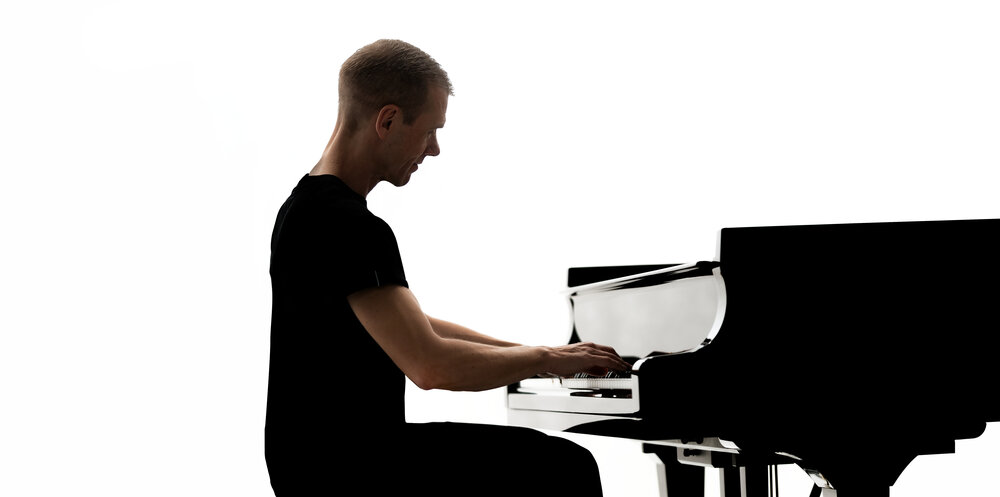Dutch trance legend Armin van Buuren is stepping away from club lights and DJ booths for a moment and turning his gaze inward. He has revealed his first acoustic album, titled Piano, which consists of a series of solo-piano recordings. The first single, Sonic Samba, is available now, and the full album will be released on October 31, 2025, exclusively via Apple Music and Apple Music Classical for its first week, before it rolls out to all major streaming services on November 7.
Armin has built his career around high-energy trance, big drops, festival main stages and DJ sets that push the pace. This new project, however, highlights a very different side of his artistry: sitting at a piano, composing from the heart, playing in one take and embracing silence and vulnerability. In his own words, he said the piano “makes me more naked” compared to the sequencer and that he’s searching for a kind of honesty he did not feel in his previous work.
He began taking piano lessons in 2018 and worked on this album over several years. It includes 15 self-composed tracks, some accompanied by chamber orchestral arrangements, and even a minimalist piano reinterpretation of trance classic Children by Robert Miles.
The album will be available October 31 exclusively on Apple Music, with a wide release everywhere else on November 7. The single “Sonic Samba” acts as the first listen and offers a glimpse of Van Buuren’s new sound. Reflective, stripped-back and rooted in melody rather than beats.
This is not a remix album, a side project filled with vocals and dance synthetics—it’s a deeply personal statement. Armins himself said he isn’t sure if this signals a full creative pivot or simply a chapter in his journey, but it’s clear he viewed this as a needed leap.
For fans of his trance work, this album represents something unexpected and intimate. For listeners who know the DJ by only by his festival sets, this reveals a compositional and emotional side that’s rarely seen in the electronic-dance domain. It also signals how artists at the top of their field may seek new forms of expression once the main stage lights dim.
With “Piano,” expect no club anthems, no crowd mic passes, and no build-ups that end in massive drops. Instead, expect quiet room acoustics, breath between chords, and piano keys telling stories that the club floor never captured.





